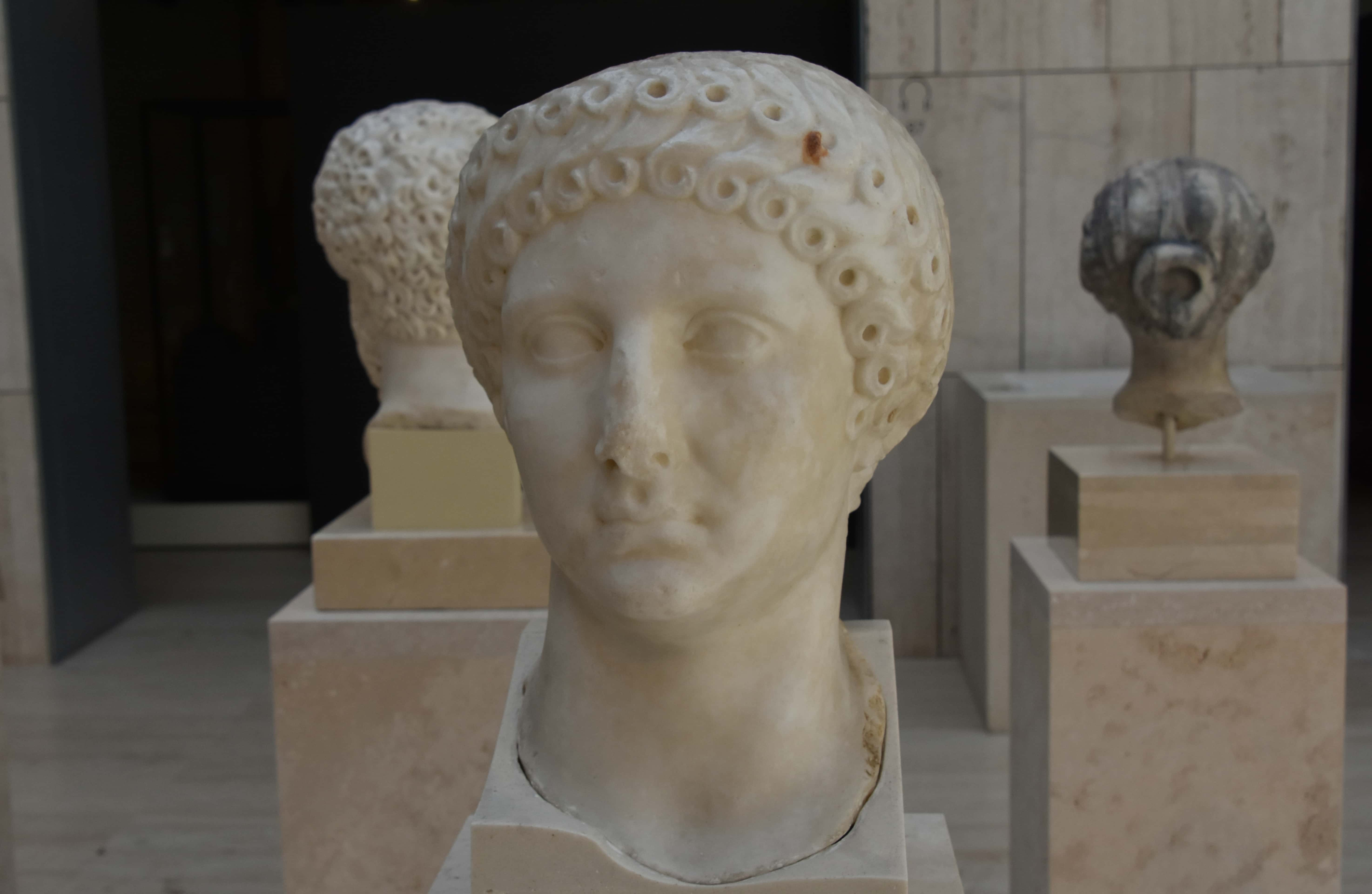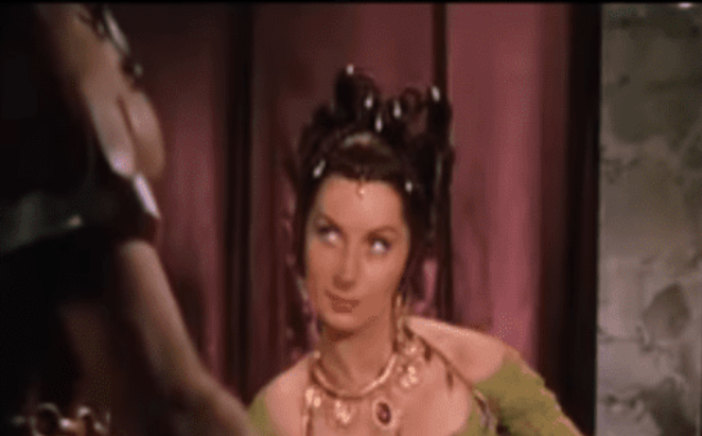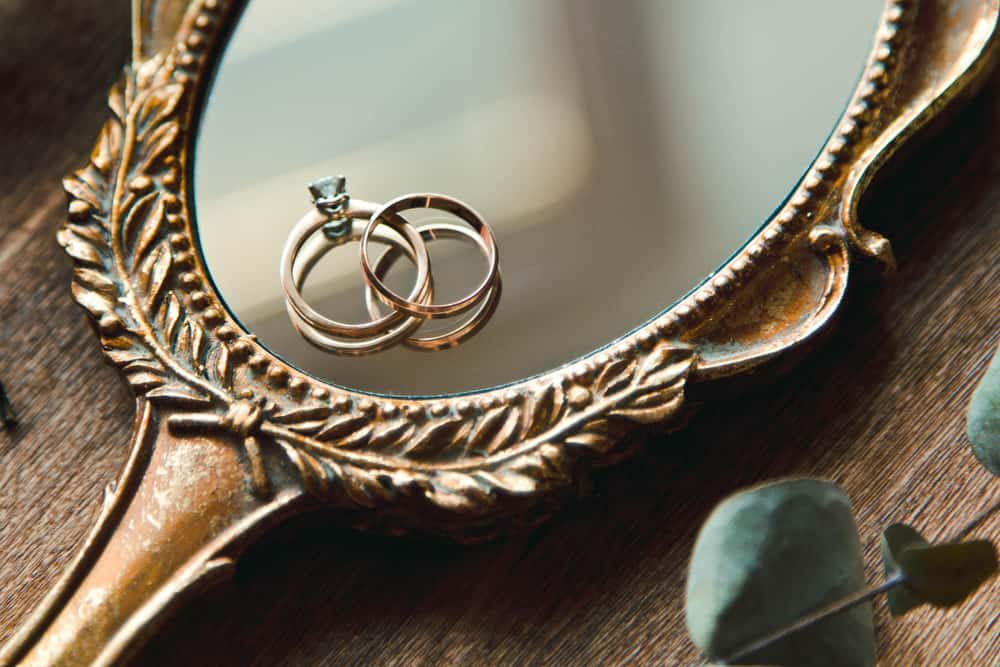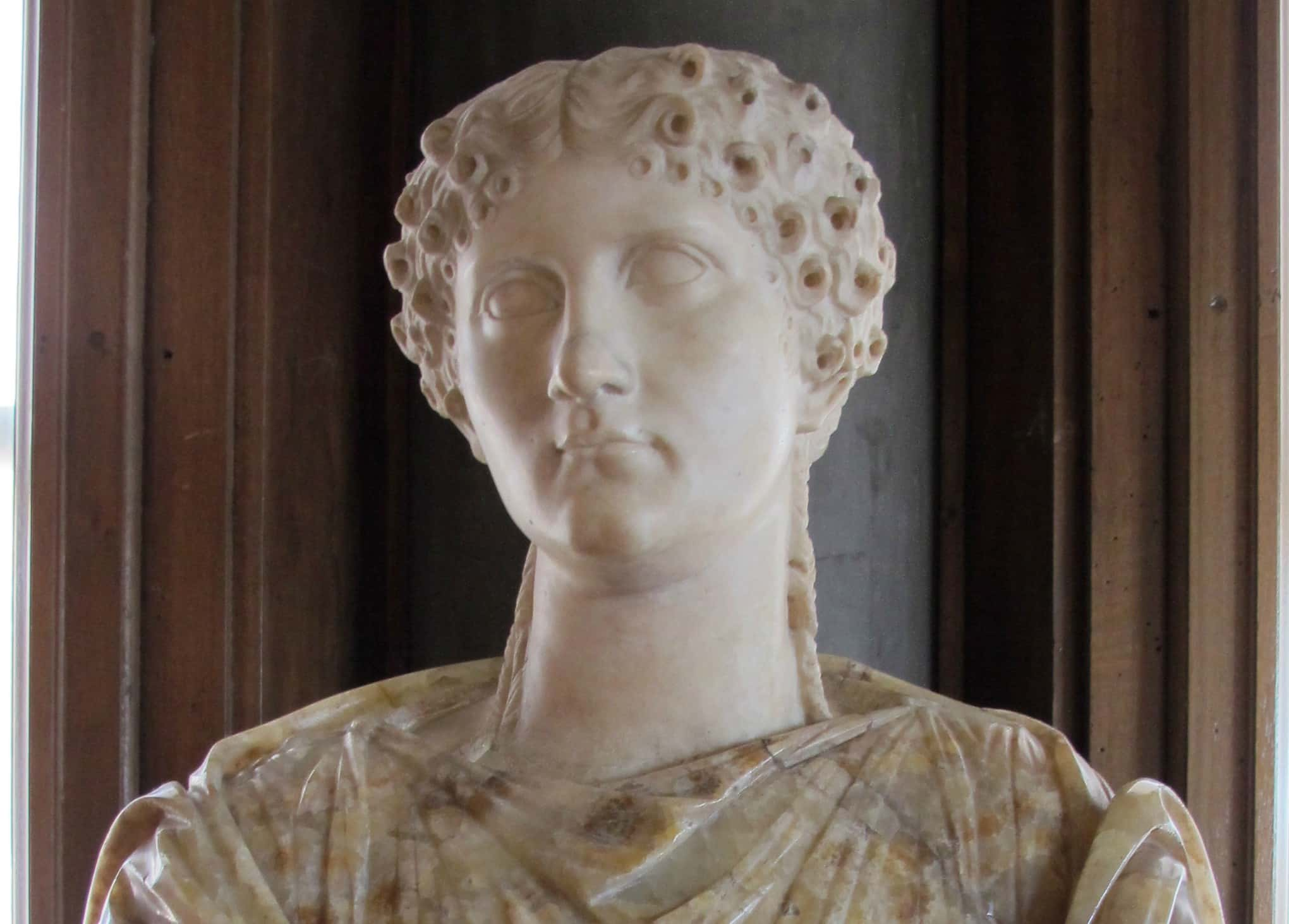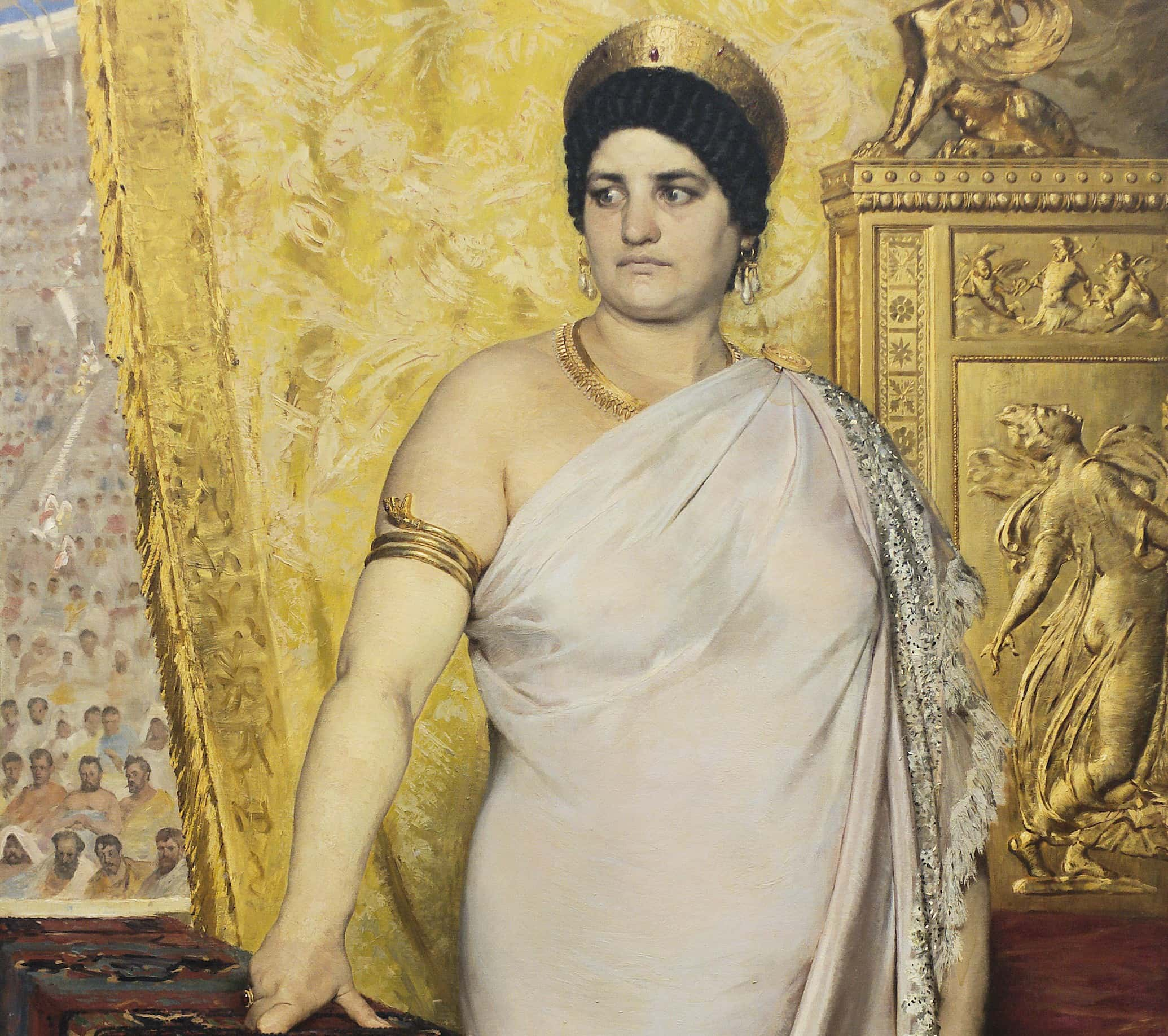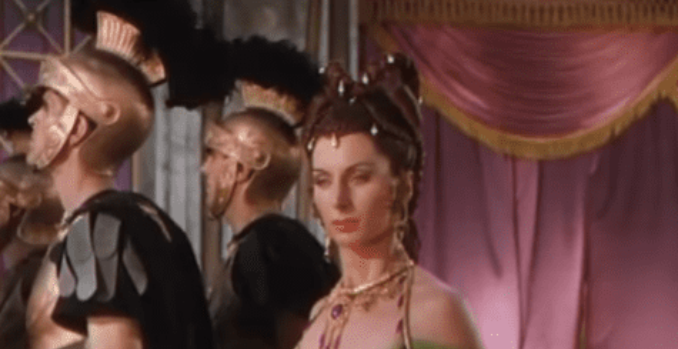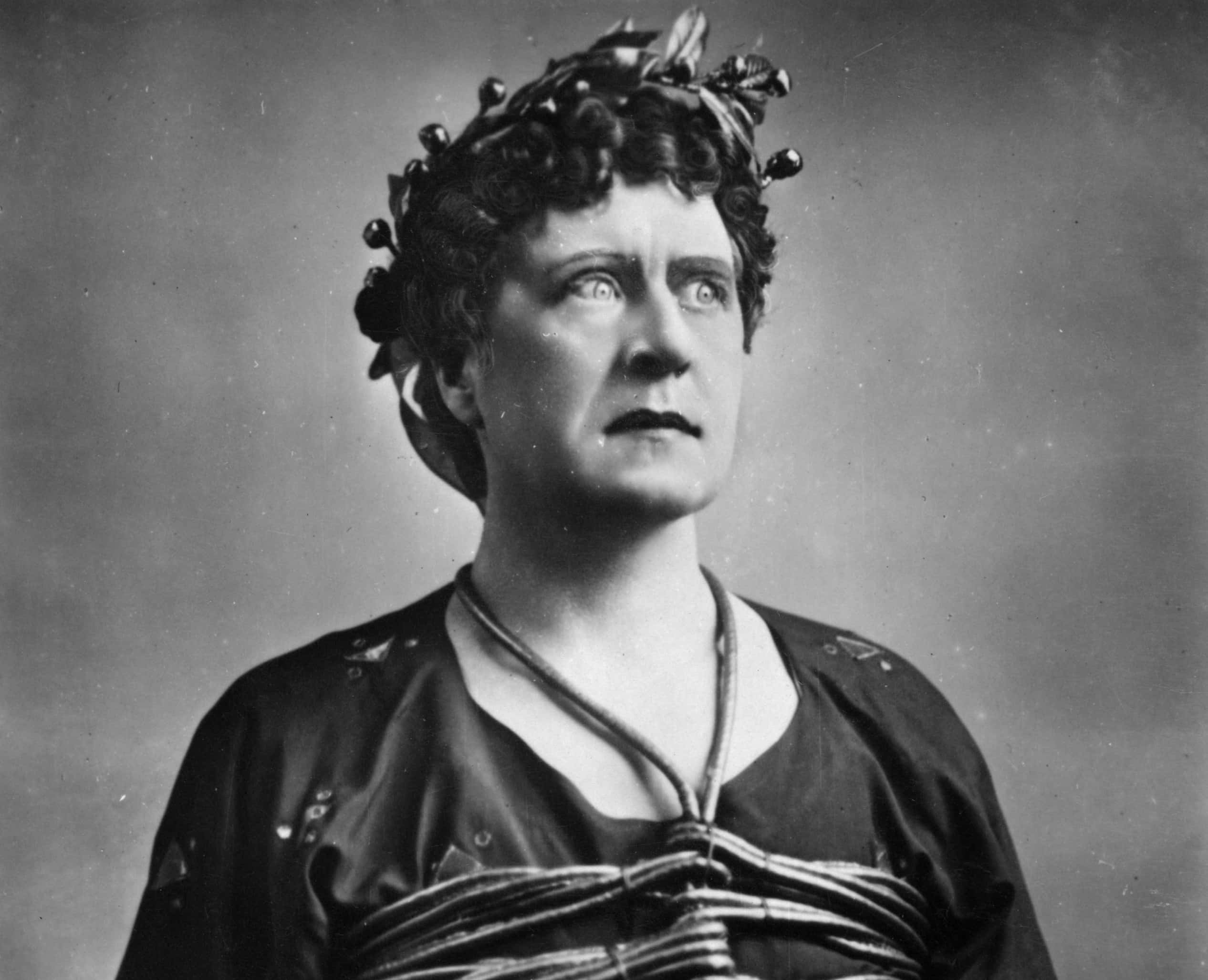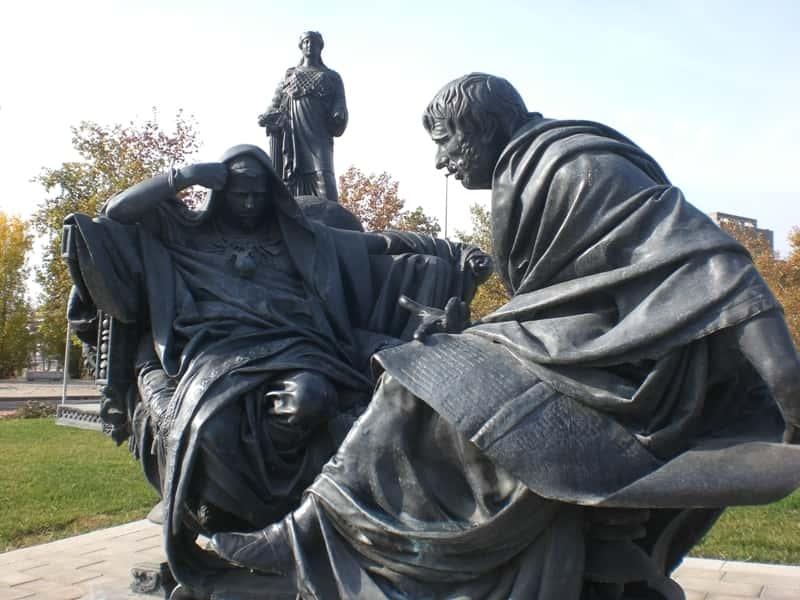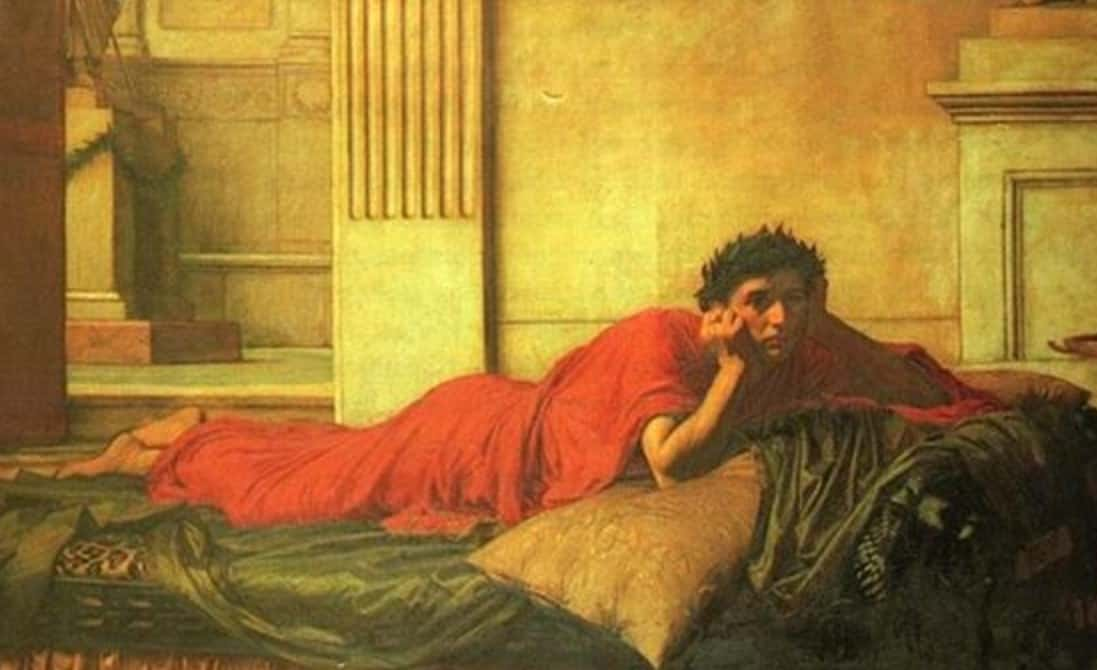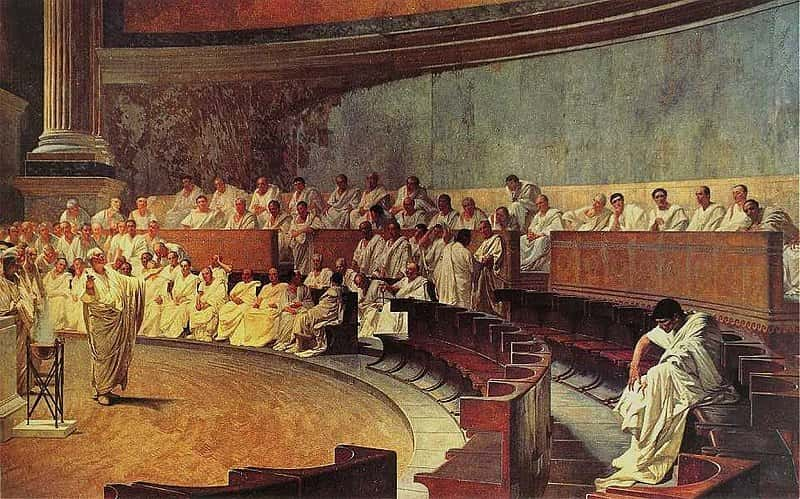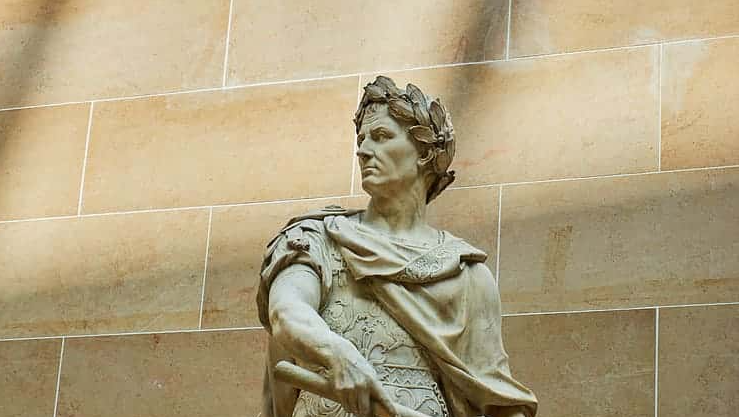Behind every deranged man is a bloodthirsty woman. As the highly influential second wife of Emperor Nero, Poppaea Sabina used her remarkable beauty to scheme her way to the top of the Roman food chain and encourage her husband to commit some of his most vicious acts. Or so they say... Strap in as we unveil the brutal story of Poppaea Sabina, Rome's wiliest empress.
Poppaea Sabina Facts
1. She Had Explosive Roots
Poppaea Sabina’s birthplace is difficult to pinpoint, but most historians believe that she was born in Pompeii in 30AD. Sadly, one of the most infamous disasters may have destroyed her home. Some experts think that the fearsome eruption of Mount Vesuvius turned Sabina's lavish villa, Casa del Menandra, into rubble.
But that doesn’t mean there aren’t mysterious traces of the Empress left…
2. She Was a Great and Terrible Beauty
Sabina’s beauty was well-known throughout Rome, with her sometimes strange efforts to preserve her good looks becoming fashionable among Roman women. When Nero wrote a poem about Sabina's deep amber hair, women used henna to emulate her fiery tresses.
But the Empress' weirdest beauty tip required more than hair dye. Sabina used to wash her face in donkey milk to preserve her alabaster coloring. Whatever Sabina did, it worked, but she'd learn that beauty couldn't shield her from tragedy.
3. She Lost Her Father
Sabina's life derailed into tragedy very quickly.
In 31 AD, when Sabina was only one year old, her father Titus Ollis passed—and he did not go gently into that good night. The Romans accused him of conspiring to overthrow the current Emperor Tiberius with another administrator, leading daddy dearest to take his own life for "honor" before his baby girl could even walk.
4. She was Wily
Instead of taking on the disgraced name of her father, Sabina used the name of her fancy grandfather, Poppaeus Sabinus.
It didn’t hurt that gramps held the highest office possible for an elected official and received the biggest honor possible for a Roman in high office: the triumphal insignia. Clearly, even as a young girl, Sabina knew what power was and how to use it.
5. Her Family was Messy
Soon after the death of Sabina's father, her mother married the Roman Senator Publius Cornelius Lentulus Scipio.
Along with her new stepfather, little Sabina also inherited a stepbrother and soon gained a younger half-brother too. We don't know much about Scipio's relationship with Sabina's mom, but here's a spoiler: Based on the chilling events to come, it doesn't sound good.
6. She was an Underdog
Intelligence and beauty didn’t mean much in Ancient Rome if you weren’t high born. Although Sabina’s family wasn’t exactly second-class citizens, they were socially inferior to the ruling class, which meant getting Sabina a noble marriage was a big ask. In the end, she got a high profile husband, but it wasn't because of her looks or personality.
Instead, Sabina's stepdad probably used his social sway. Romantic!
7. Her First Marriage was Wild
Sometime around 44AD Sabina ensnared her first high-powered husband: Rufius Crispinus, the commander of a prestigious unit of Emperor Claudius’ Imperial army. The couple's first few years of marriage were pleasant and even uneventful—not necessarily a thing most Romans at the time could boast. But in 51 AD, a formidable enemy came knocking.
8. Old Enemies Came Calling
That year, the reigning Empress Agrippina the Younger came for Poppaea Sabina and her hunky husband. She believed that the couple were still loyal to the memory of her rival, the old empress Messalina. This couldn’t have been further from the truth...especially when you know that a few years earlier, Messalina had destroyed Sabina's life.
9. Scandal Followed Her
In 47AD, Sabina the Younger became an orphan, and it turns out her mother’s passing was even more scandalous than her father’s. According to rumors, Poppaea’s Mama Bear was having an affair with a man who owned some of the most beautiful gardens in Rome. Unfortunately for Sabina, Empress Messalina set her mind on getting the gardens for herselfd—and she'd stop at nothing to achieve her goals.

Sign up to our newsletter.
History’s most fascinating stories and darkest secrets, delivered to your inbox daily. Making distraction rewarding since 2017.
10. Her Mother Had a Brutal Life
Being a vicious and opportunistic woman, Messalina planned to destroy Sabina's family just so she could get some plants.
The deranged Empress made Sabina’s hubby charge his mother-in-law and her garden-owning boy toy Asiaticus with adultery. Then Messalina made her lackey falsely tell Asiaticus that if he didn't play along, he'd receive a vicious punishment. Because of these threats, Asiaticus fell into such despair that he took his own life.
Once he was gone, Messalina turned her attention to Sabina’s mother...
11. Her Family Life was Like a Soap Opera
In truth, Sabina's mom was having an affair, but not with Asiaticus. Instead, she was getting busy with an actor named Mnester. The plot thickens even more when you find out that Mnester wasn't a one-woman man:
He was also having an affair with, guess who, Messalina! Yeah, that wasn't good news for Sabina's family. Desperate to destroy Sabina's mother, Messalina sent her agents to threaten her with prison time. Distraught, Sabina's mother felt she had only one option. She took her own life.
12. She Went Mad with Grief
Grief makes people do weird things. After Messalina wiped out her family, Sabina acted out by promptly divorcing her husband Crispinus. No one knows exactly why she left him, but some historians think it was a power play. Even though Sabina had just given birth to Crispinus' son, she had already moved onto a new man.
She was sleeping with a young senator, Marcus Salvius Otho, and he just so happened to be good friends with the most powerful man in Rome: Emperor Nero.
13. She Moved On...Fast
Once she was free of Crispinus, Sabina married her new flame Otho, but their union didn’t last long. Some historians speculate that Otho was merely a place holder to entertain Sabina until Nero get rid of his wife Octavia.
However, the true story might be even worse. Unfortunately for Otho, he manufactured his own downfall. He had a tendency to brag about his wife Sabina’s beauty to Nero, leading many to believe that Otho's big mouth made Nero notice Sabina in the first place. Ouch.
14. She Caught the Emperor's Eye
Sabina worked her charms on the emperor, leading Nero to make her his official mistress in 58AD. Not one to leave anything to chance, Nero then handily disposed of Otho by making him governor of the distant province Lusitania. With Sabina's husband out of the way, Nero could "enjoy" his new mistress' company as much as he pleased. For Sabina, Otho's absence meant that she could focus on the prize she really wanted:
To become Empress.
15. She Had a Dark Side
One Greek source described Sabina as beautiful, charming, and witty. Sabina had "every advantage in life" except for one thing: when it came to "moral integrity," she failed completely.
16. Her Romance Encountered Major Obstacles
Despite Otho’s banishment—um, appointment—to Lusitania, there were still barriers between Sabina becoming Nero's wife. The biggest ones?
First, Nero was already married to Octavia. Second, Nero's mother Agrippina hated Sabina and wanted her son to stay with his goody-two-shoes wife. Even so, Sabina was far too clever to allow Nero’s mommy to interfere with her plans.
17. She was Vicious
According to some historians, Sabina knew that Agrippina posed a major threat to her plan to marry Nero.
Desperate to get rid of the meddling woman, Sabina strongly encouraged Nero to commit a brutal act and kill his own mother. However, more recent evidence suggests that Nero had good reasons of his own to get rid of Agrippina...
18. There Was Still One Problem
Getting rid of Agrippina proved to be more difficult that Nero expected.
After his subtler plots failed, Nero threw in the towel and took the most direct route: He had his mother stabbed to death. Regardless of whether Sabina had a hand in Agrippina’s demise, it certainly worked to her advantage. With Nero's mother gone, Sabina's man was one step closer to tying the knot.
But there were still obstacles in the couple's path: Nero’s pesky advisors and of course, his virtuous wife.
19. She Got Lucky
Shocker: Nero’s advisors Seneca and Burrus were against the idea of their emperor leaving his popular wife for his power-hungry mistress. Luckily for Sabina, fate seemed to be on her side.
Burrus died of cancer, thus removing one of her biggest adversaries. Then, in another lucky break, Burrus' death led Seneca to get out of Rome's political scene. But Sabina's troubles weren't over just yet.
20. She was a Royal Mistress
Even with Burrus and Seneca gone, the emperor was still married to Octavia, and Sabina was getting impatient for her trip down the aisle.
She reportedly threatened to end her relationship with Nero unless he divorced his wife. Unfortunately for Nero, the Roman people loved Octavia, so dumping her was guaranteed to be a huge controversy. Even so, Nero barrelled forward to appease his mistress.
21. She Gave Nero a Way Out
That said, getting rid of Octavia wasn’t a new idea for Nero. He had unsuccessfully attempted to strangle her on several occasions and when those attempts failed, he made do by treating his lovely wife like garbage.
Then, in 62AD, Nero finally got a convenient way out of his marriage. Sabina became pregnant with his child, lighting a fire under him to solve the problem of Octavia once and for all.
22. She Defeated Her Rival
Since Octavia had failed to produce an heir in eight years of marriage, Nero divorced her on the grounds of "barrenness". He then classily tied the knot with Sabina a mere 12 days later.
What Nero failed to anticipate, however, was the enormous public outcry that followed his divorce. Desperate, he tried to take control of this PR disaster by falsely accusing Octavia of adultery and banishing her to the island of Pandateria. Spoiler: This will not go well for Octavia.
23. She Was Irresistible
Here's something to illustrate how irresistible Sabina could be. Even when she was juggling A) ousting Nero's mom B) defeating his wife and C) overcoming his advisors, she also managed to overcome Nero's latest fling. The Roman emperor had recently taken a new lover, the freed woman and former slave Claudia Acte.
Even with Burrus and Seneca urging Nero to choose Acte over Sabina, he picked her. All in a day's work!
24. The People Hated Her
Octavia’s banishment made the Roman people furious. They protested in the streets, carrying statues of Octavia and demanding that Nero bring his innocent wife back. For a moment it looked like he was about to give in, but then he had a change of heart.
In a horrible twist, the protests had the exact opposite effect that they wanted. Instead of bringing Octavia home, they lead to her demise.
25. Her Rival Had A Brutal Death
A few days after Octavia’s arrival on the island of Pandateria, Nero ordered her to be put to death. Her execution followed the traditional Roman ritual:
Octavia was tied up, and then her wrists were slit. Nero's ex was apparently so terrified that her blood congealed, meaning that the executors had to change gears and suffocate her in an extremely hot steam bath. But that wasn’t the worst of it.
26. She Got a Chilling "Gift"
After Octavia's brutal death, soldiers delivered her severed head as a gift to Sabina.
With Octavia out of the way, she was now free to enjoy her baby and her new position of power. But not for long...
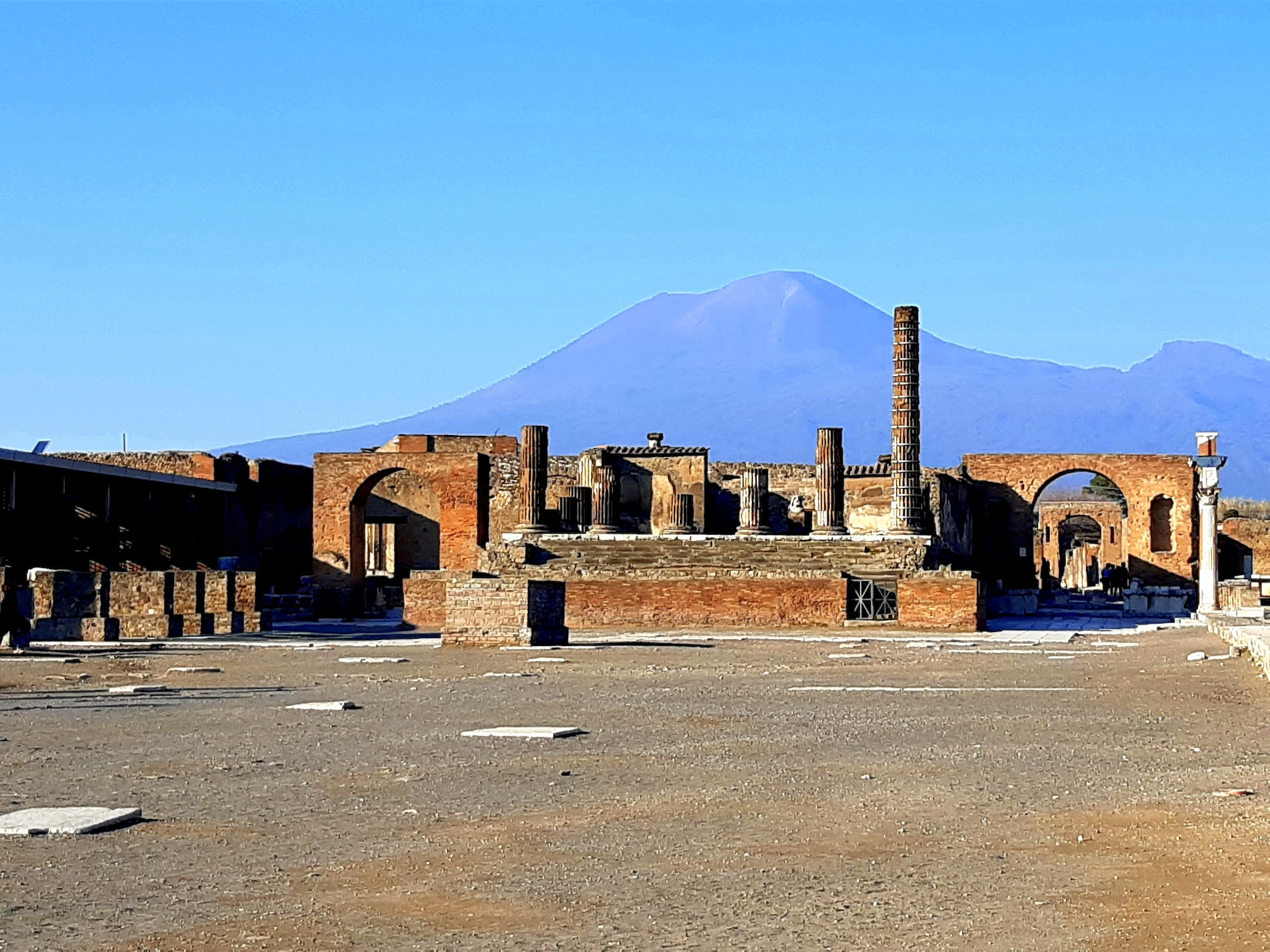
27. She Became a Goddess
Nero might have preferred a son, but he was still over the moon when Sabina gave birth to his daughter Claudia. In his delight, Nero awarded both Sabina and his newborn daughter the highly prestigious title of Augusta in celebration.
Sadly, his joy was short-lived. Claudia became ill and died at four months old. In his grief, Nero declared her a goddess.
28. She Kept a Secret
Sabina cold be a cold-hearted woman, but she wasn't all bad. She supposedly intervened on behalf of the Jewish people on two separate occasions. One Jewish historian of the time, Josephus, claimed that Sabina helped them because she was a “God-fearing woman”. However, some modern scholars believe that Sabina's compassion came from another source:
She herself may have been Jewish.
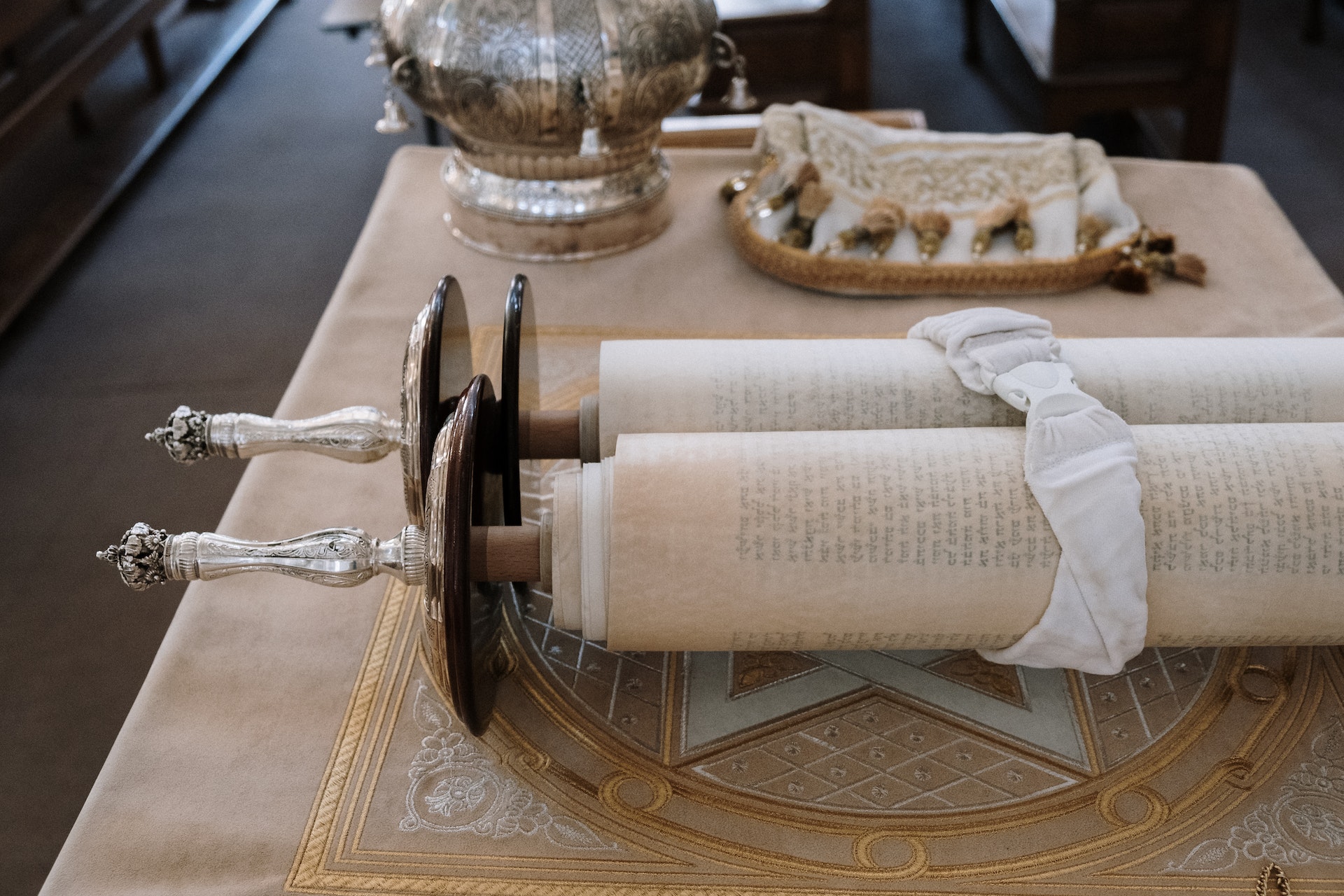
29. She Had Hidden Depths
No evidence survives to prove whether Sabina really was Jewish, and her connection to Judaism may only have been a passing interest. Regardless, when she met the Jewish historian Josephus, she was sympathetic and decided to ask Nero to show the Jews compassion.
With Sabina’s help, Josephus was able to get charges against three Jewish men dropped. But not all of Sabina's pro-Jewish actions were so well-intentioned...
30. She Wasn't All Bad
The second time that Sabina exerted her influence over Nero to help the Jews was on behalf of the high priest of Israel.
Over there, the nosy monarch Agrippa II kept trying to spy on Jewish priests by knocking down a wall that blocked his view. In retaliation, the upset Judean priests sent their head honcho, Ishmael Ben Phabi II, to beg Nero to stop Agrippa. Everyone expected him to say no.
..until Sabina got involved. Thanks to her, the wall was allowed to stand.
It's a good thing that Sabina chalked up some goodwill with these charitable acts, because she returned to her monstrous ways very quickly.
31. She May Have Been Behind Nero's Most Deranged Act
The infamous Great Fire of Rome began in 64AD and burned for six vicious days, destroying most of the city.
As rumors began to spread that the fire was Emperor Nero’s fault, he needed a scapegoat. Nobody knows for certain if the fire was one of Nero’s insane plots, but some historians believe that blaming the Christians (a Jewish minority sect whom the Jews reportedly hated) was Sabina’s idea. Yikes.
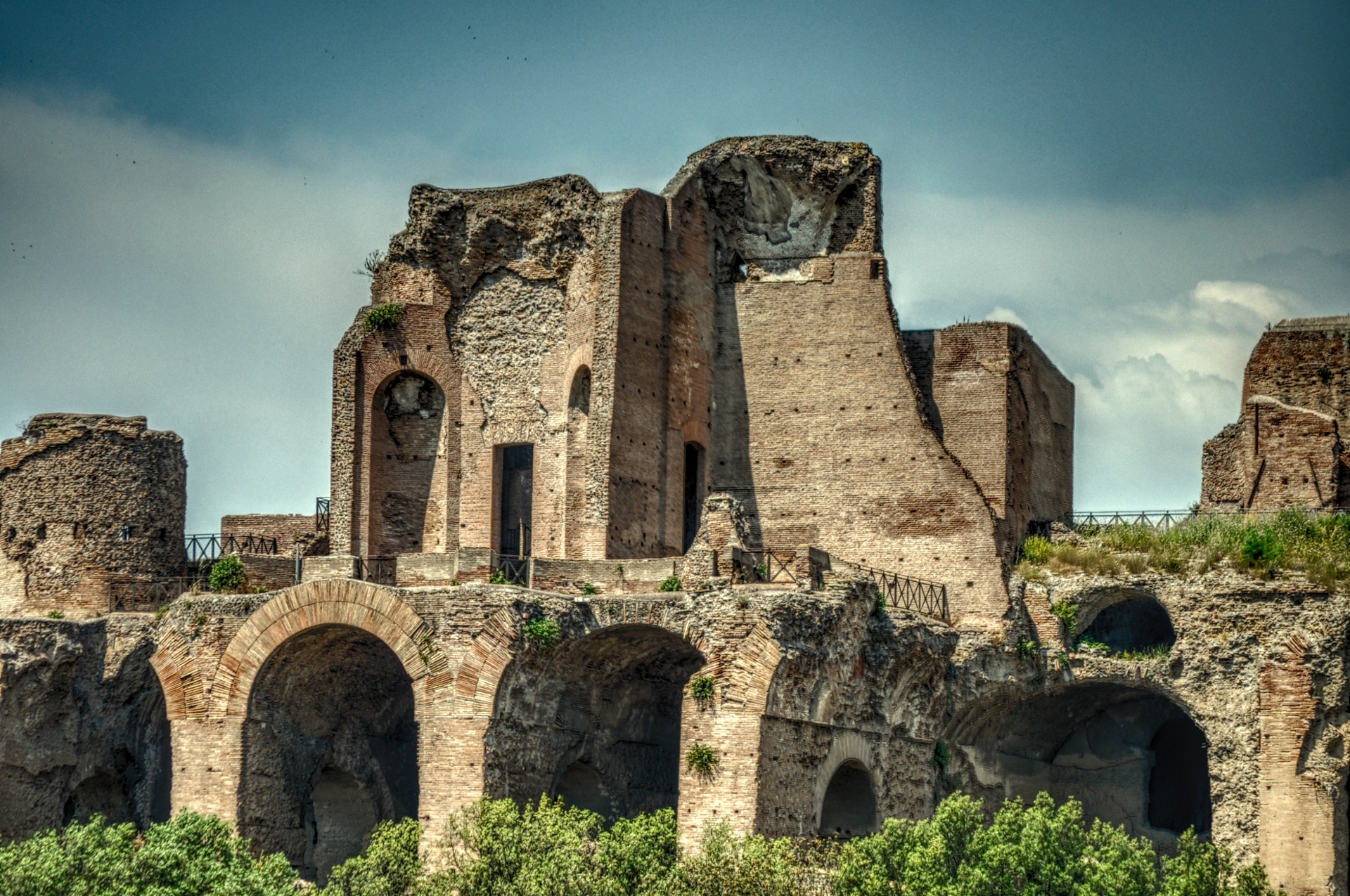
32. She Didn't Back Down
Being that Pompeii was her supposed birthplace, it’s not surprising that Sabina took an interest in the politics of the town. Thanks to Sabina’s influence, Nero granted Pompeii colonial status. This allowed it to become self-governing and afforded it more political and civil rights in the Roman empire.
But politics might not have been the only reason for Sabina's interest in Pompeii.
33. She Had Nero Wrapped Around Her Finger
Another reason for Sabina’s interest in Pompeii may relate to her supposed link to the Goddess Venus, who was the patron deity of Pompeii. The sanctuary of Venus was one of the largest temples in the town, and it houses inscriptions that suggest that Nero visited the temple and even gave Pompeii gold and expensive jewels to help it rebuilt after a brutal earthquake in 62 AD.
It sounds like Nero gave his wife's hometown preferential treatment, but this lovey dovey phase wouldn't last for long.
34. She Was Vain
Sabina was so vain about her appearance that she once said she wished to die before her beauty faded. Little did she know, she'd soon get her wish.
35. Her Lover Betrayed Her
Emperor Nero had quite the temper and according to some of his biographers, he flew into a rage during an argument with his beloved bride Sabina. Furious, he harshly kicked her in the stomach. His assault caused such a brutal injury to Sabina that historians believe it may have caused her death.
But that's not even the worst part.
36. She Lost It All
Some sources say that when Sabina and Nero got into their last fight, Sabina was pregnant. When Nero kicked his wife in the stomach, he didn't just end her life. He spelled doom for his own child too.
37. Mystery Surrounds Her Demise
Of course, the sources that say Nero had a hand (or should we say foot)?
in Sabina's demise can't be taken at face value. None of these prominent biographers were on team Nero, so it’s entirely possible that he had nothing to do with Sabina's demise. Instead, the Roman Empress may well have passed from a miscarriage or simply in childbirth.
But responsible or not, Nero mourned Sabina's loss so greatly that his grief supposedly drove him mad.
38. Her Funeral Broke All the Rules
In a highly unusual move, Nero gave Sabina a state funeral. He sang her praises, spoke of her beauty, supposedly ordered a year’s worth of incense burnt, and awarded her divine honors which basically declared her a goddess. Rome had apparently never experienced such a lavish mourning and funeral.
..and there was nothing traditional about her burial either.
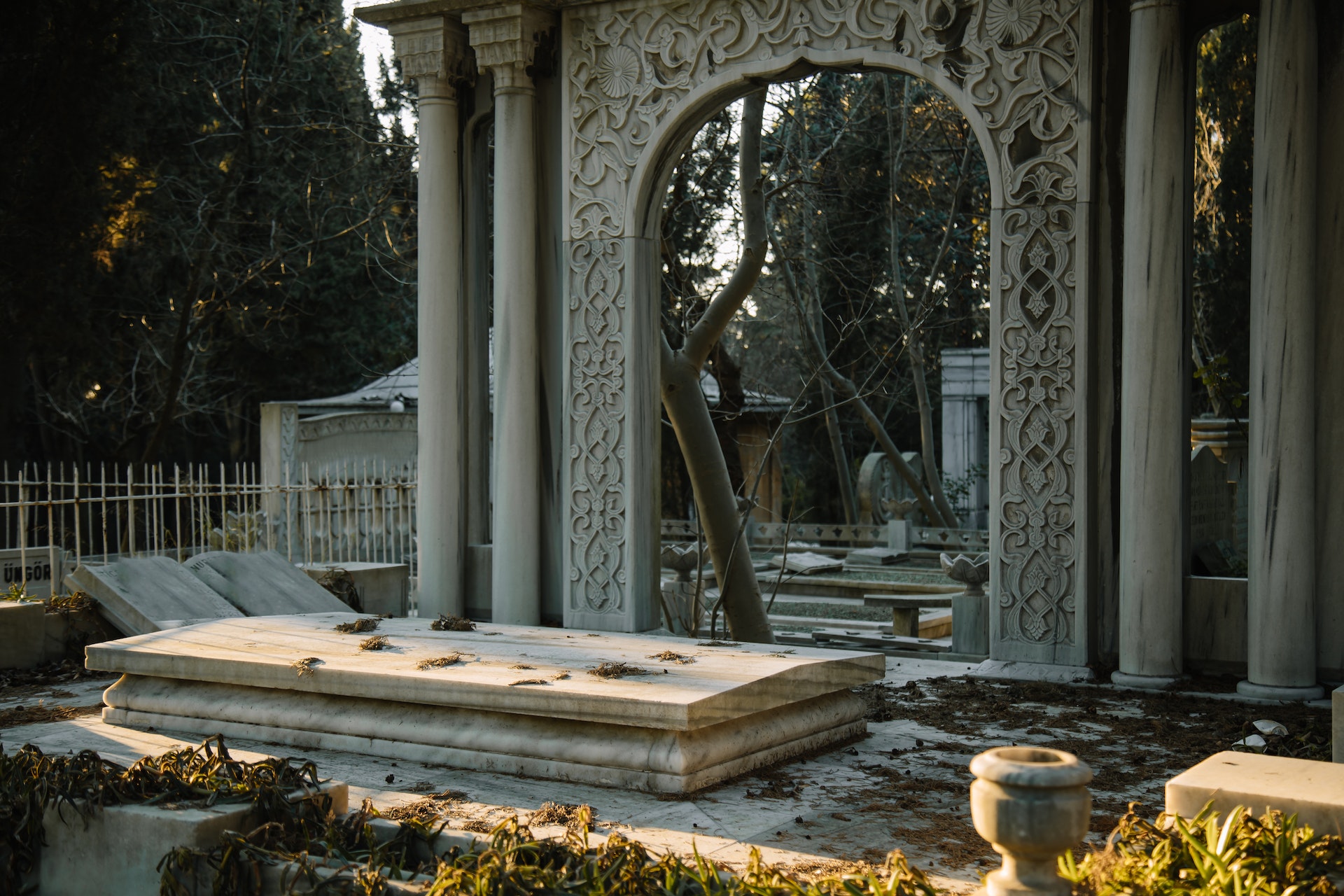
39. Her Husband Defied Tradition for Her
Cremation was the traditional Roman custom for handling the dead, but Nero went a different route. Instead of burning Sabina, he supposedly had her stuffed with spices and embalmed, a process usually reserved for powerful foreign rulers. Some historians speculate that Nero did this to preserve Sabina's beauty, or maybe because he loved her that much.
And that wasn’t the strangest thing he did.
40. Nero Went Mad After Her Loss
Nero might have gone a little bit nuts after Sabina’s death because according to some historians, he fell in love with a designated child slave named Sporus because he looked like his dead wife. Now these relations weren’t exactly uncommon in Ancient Rome, but Nero took things to another level. He didn't just woo Sporus.
He fully married him.
41. The Deep End Beckoned
After Poppaea’s death, Nero went off the deep end. He promptly decided to kill his deceased wife's son from her first marriage, Rufus Crispinus the Younger, for the crime of playing general/emperor with his pals. The boy wasn’t even 18 yet, and couldn’t have been much of a threat, but Nero ordered his slaves to drown him while he was fishing.
42. Her Son Met a Brutal End
Nero must have really had it in for Sabina’s former family, because he also charged the first Crispinus with conspiracy, banished him to Sardinia, and then ordered his execution. What a nice thing to do for your deceased wife's child!
43. History Took her Down
It’s difficult to figure out whether Sabina deserved the contempt she’s received from historians, mostly because her main biographers really didn’t like her. Historians like Caius Cornelius Tacitus and Cassius Dio played her up as a conniving seductress who slept her way to the top.
To this day, that's the image of Sabina that has lasted.
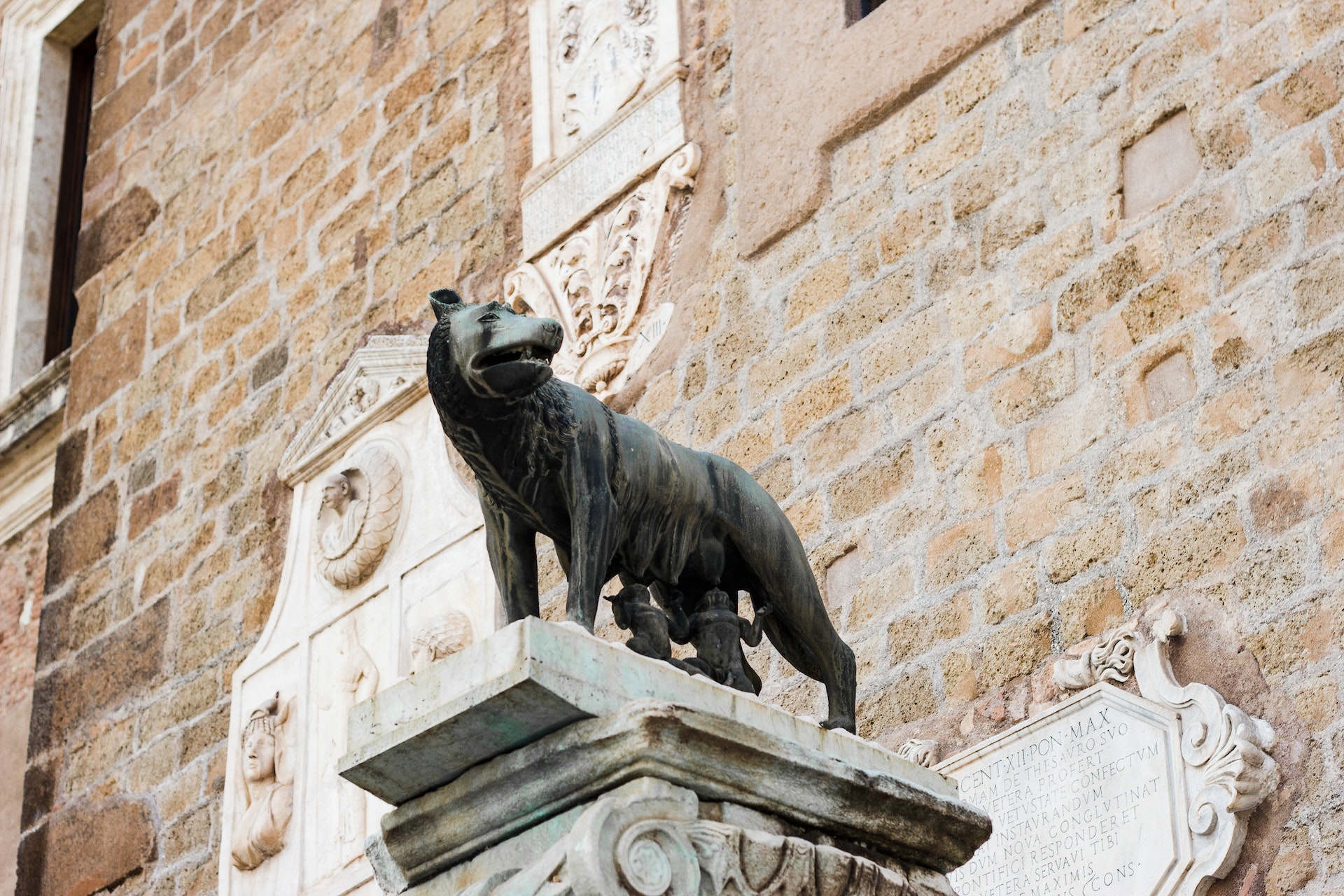
44. Her Haters Wrote History
Unfortunately for Sabina, writings by a historian named Tacitus are a major source for people studying Nero's second wife. Surprise, surprise: Tacitus hated Nero and extended that dislike to Sabina in a big way. He constantly blamed Sabina for Nero's terrible acts, and even referred to her as “Nero’s chief Harlot”. He also never met Sabina, so there’s that.
45. Debates Continue To This Day
Despite all the naysayers, Sabina's buddy, the Jewish historian Josephus, sang her praises.
He noted Sabina's “mercy and compassion". I guess there are two sides to every story.
46. She was a Complicated Woman
Whatever her biographers thought of her, not everybody hated Sabina. A set of inscriptions found on the walls of a building in Pompeii read, “Three cheers for imperial decrees; three cheers for the decisions of the Emperor and the Empress. Long live Empress Poppaea”. Plus, the city's multiple statues of Sabina suggest that they liked her fine!
47. The Senate Demoted Her...
Despite being a Roman empress, very few portraits of Sabina survive today and their demolition has everything to do with Nero. In most cases, the senate would recognize a deceased emperor as a god. Unfortunately for Nero and Sabina, they decided to revoke that privilege. In 54, the senate officially condemned Nero's memory.
As a result, they also recalled Sabina’s own goddess status, took down her statue, and destroyed her portraiture along with Nero’s. Ouch.
48. Then Her Ex Promoted Her
In 69AD, Sabina’s ex-husband Otho became the new Emperor of Rome. Credit to the girl: She was good at identifying powerful men.
One of Otho's first orders of business was to inform the senate that he would “respect the people’s sovereign will”. This included reinstating the fallen statues of Nero and Sabina, which are currently on display at the Olympia Archaeological Museum in Greece. I love when exes can still get along.
49. Her Resting Place is Unknown
There is some dispute as to the location of Sabina’s burial place, but historians have narrowed it down to two possible locations- Mausoleum Augusti, or Tumulus Iuliae. The Roman Emperor Augustus built the Mausoleum in Rome in 28BC and burying her there would have been befitting of a goddess.
On the other hand, there is equally compelling evidence that she was buried in the Tumulus Iuliae.
50. She May Be Buried with Caesar
Tumulus Iuliae is the assumed burial place of Julius Caesar and his daughter Julia. But according to Lawrence Richardson, an ancient historian and American classicist, it may also be Sabina's burial place.
Mausoleums typically held the cremated remains of prominent Romans but they didn’t have space to hold full-size sarcophagi, whereas tombs did. Makes sense!
Sources: 1, 2, 3, 4, 5, 6, 7, 8, 9, 10, 11, 12, 13, 14, 15, 16, 17, 18, 19, 20, 21, 22, 23, 24, 25, 26, 27, 28, 29, 30, 31, 32, 33, 34, 35, 36, 37, 38, 39



